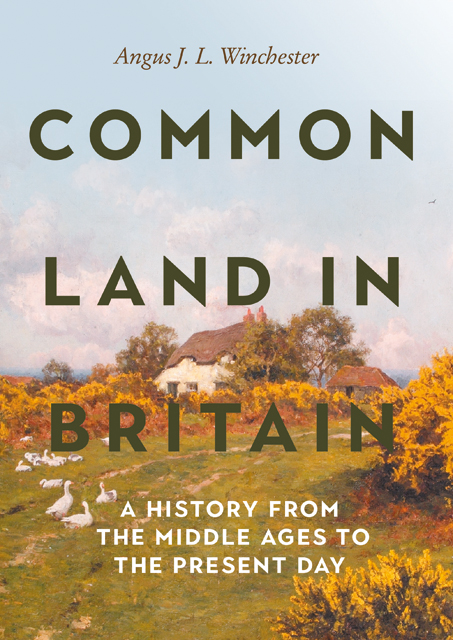Chapter 15 - Ibsley Common and Rockford Common, New Forest, Hampshire
Published online by Cambridge University Press: 20 December 2022
Summary
Ibsley common (932 ACRES; 377 ha) and Rockford Common (c.460 acres; c.185 ha) were part of the arc of common land abutting the historic northern and western boundaries of the New Forest, brought within the limits of the modern forest by the New Forest Act 1964. The two commons lay open to the forest wastes in Linwood bailiwick, so that their histories can only be understood in relation to the history of the forest. The manors of Rockford (in Ellingham parish) and Ibsley descended together from the sixteenth century and were bought by the family of Lord Normanton in 1825, becoming part of the Somerley estate. The National Trust acquired the majority of both commons in 1999.
Most of the commons consist of dry heath on a plateau at around 60–70m above sea level. Their western edges, abutting the enclosed land in Ibsley and Ellingham, lie where the ground falls away to the Avon valley. The commons are bisected by Dockens Water and its wet valley mire, with most of Ibsley Common lying to the north and Rockford Common to the south (though the manorial and parish boundary cuts across the terrain, ignoring the valley). The underlying geology is Eocene sands and clays, capped on the plateau by river terrace gravels, on which leached podzol soils carry a cover of heather, with areas of bracken and gorse. Rockford Common has a more wooded character than Ibsley, with scattered clumps of pine, patches of birch scrub and some oak, many of the trees probably having colonised from adjacent woodland in the forest.
Writing in 1905, Heywood Sumner noted how, although the forest landscape seemed to include the heather-clad plateau of Ibsley and Rockford commons, the forest’s legal limits followed a line across the open heath coinciding approximately with the eastern limits of Ibsley and Ellingham parishes (Figure 60), defined by ‘low grey posts, furred with lichen, & hidden with ling’. Until 1964, that invisible boundary across the heath separated manorial from forest wastes, the common rights regimes differing on either side. As Sumner put it, his rights as a freeholder in Ibsley allowed him to turn beasts onto Ibsley Common without payment, to dig sand, gravel and soil on the common and to take from it as much turf, gorse, bracken or heather as required for his own use;
- Type
- Chapter
- Information
- Common Land in BritainA History from the Middle Ages to the Present Day, pp. 255 - 264Publisher: Boydell & BrewerPrint publication year: 2022



